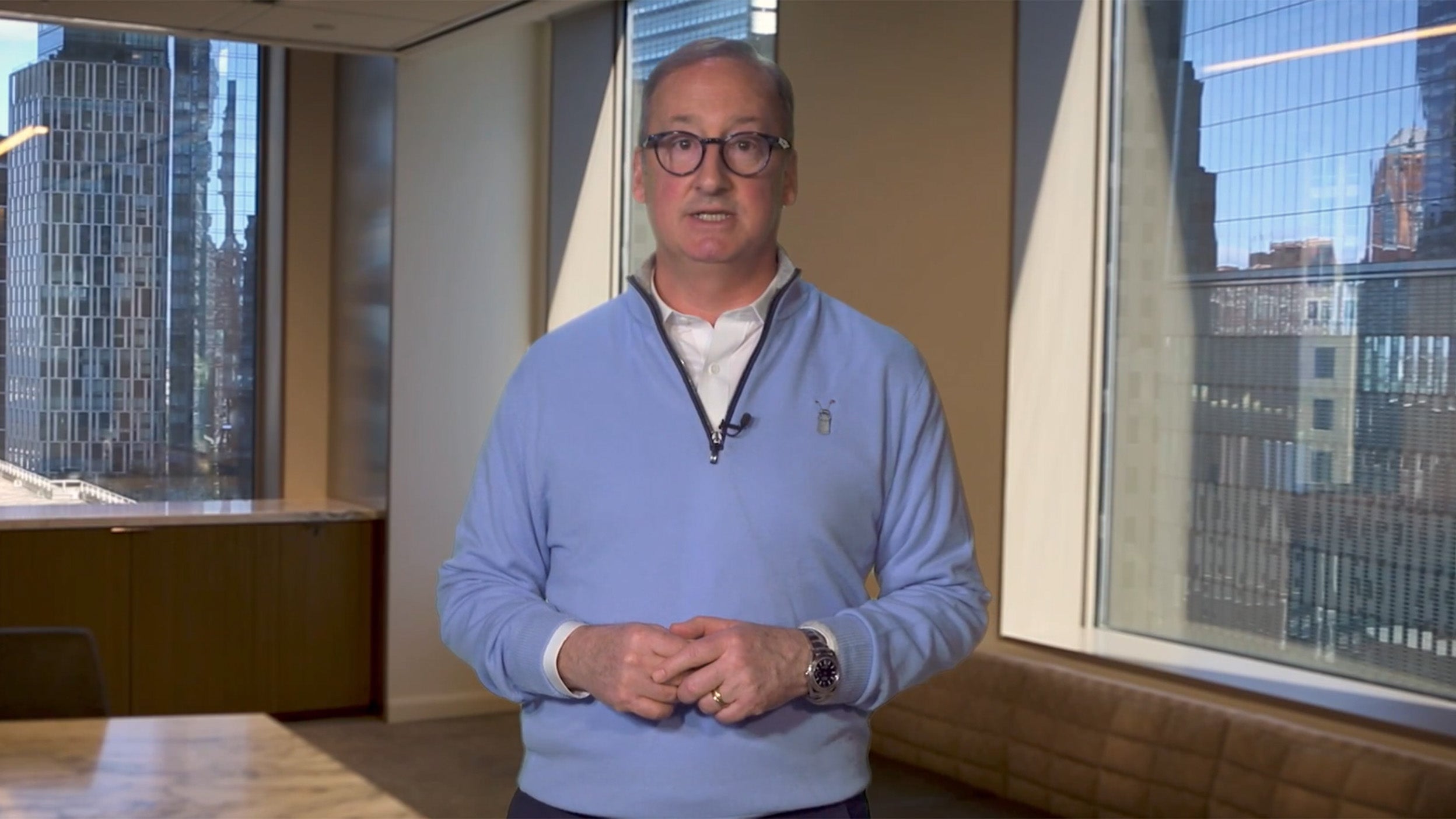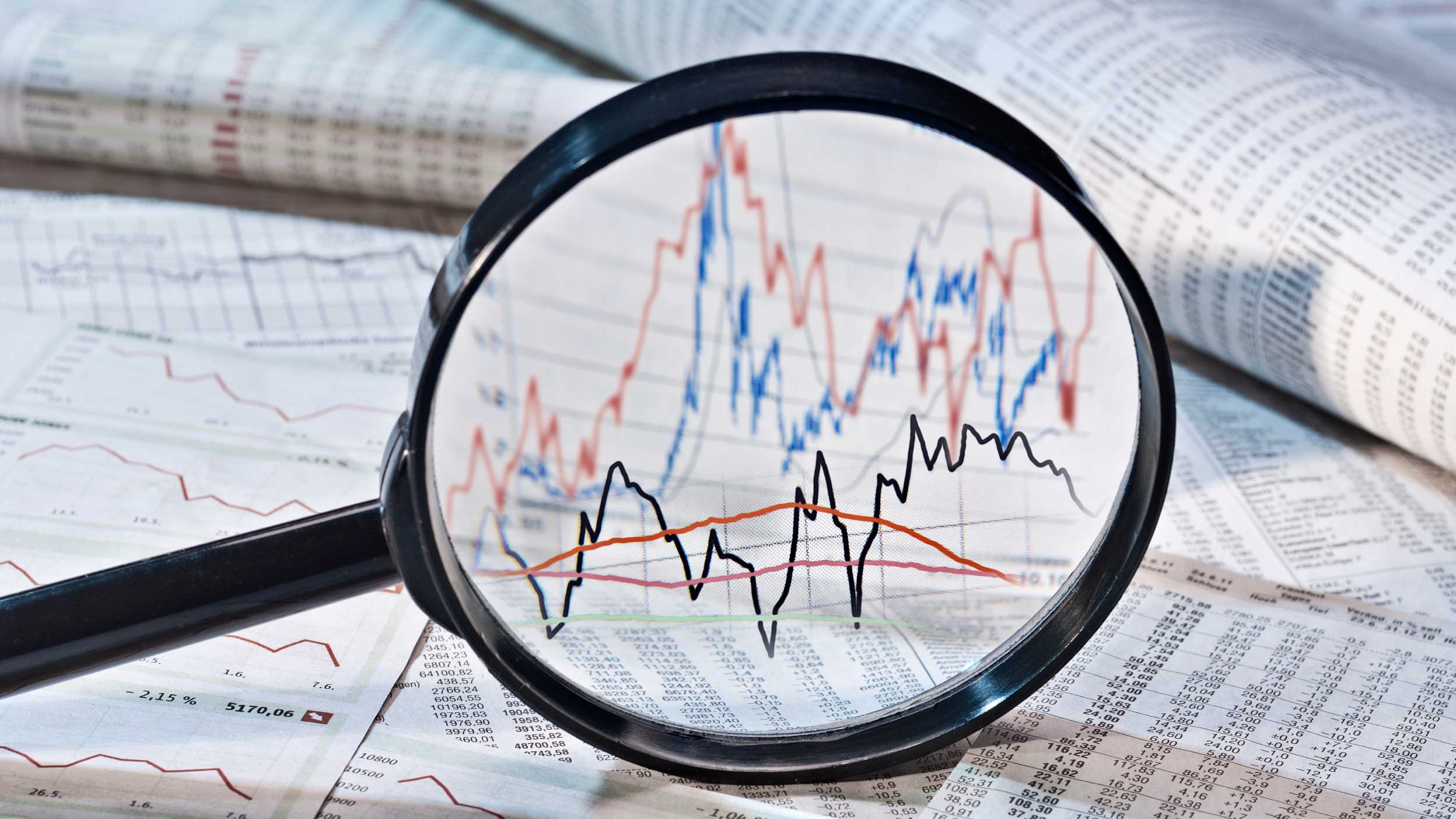
Fixed Income Fixed Income ETFs
ETFs can offer convenient access to broad and diversified baskets of bonds at a low cost. Discover our range of fixed income ETFs.

European ETFs gathered US$90.2 billion of net new assets in Q4, bringing the total for 2024 to US$265.4 billion
Equity ETFs dominated flows in Q4 and 2024, led by strong demand for US and Global exposures
We expect strong ETF flows to continue in 2025, even if market returns may not match last year’s performances
In terms of investor demand, 2024 was a huge year for the European ETF market, with overall numbers and consistency of that demand both noteworthy. ETFs domiciled in Europe raised a record $90.2 billion in the fourth quarter of 2024, eclipsing Q3 (the previous record) by more than $20 billion and taking net new assets (NNA) for 2024 to $265.4 billion. This is a new record for annual inflows, passing the previous high in 2021 by more than $80 billion. Record inflows combined with a strong market gain of 11.4% to boost AUM for the EMEA ETF industry by $472 billion during the year to $2.3 trillion.
Source: Bloomberg, net new assets into Europe-domiciled ETFs, 1 January to 31 December 2024
The main themes seen in Q4 reflected those for the majority of the year with equity products dominating and taking 91% of NNA over the quarter and 80% for the full year. Flows into fixed income ETFs eased off in the last quarter of the year, bringing market share of NNA down to 23% for the year, which combined with fixed income losses to reduce AUM share from 24% to 21%. Commodity ETPs experienced further net outflows of $2.7 billion in Q4 to bring the total for the year to $7.8 billion.
The strength in demand for equities was primarily focused in US and Global exposures, taking three quarters of all equity inflows for the year. This environment played to a number of Invesco’s ETF strengths. The structural performance benefit of US-exposed swap-based ETFs saw our S&P 500 products take in $11 billion of NNA helping our ETFs to take a third of all swap-based ETF flows for the year. Assets under management more than doubled for the MSCI USA ESG Universal Screened (to $2.9 billion AUM) and Technology S&P US Select Sector (to $1.6 billion). It was also a strong year for our Quantitative Strategies ESG Global Equity product which saw more than $0.5 billion NNA to take AUM to $910 million and our FTSE ALL-World ETF where AUM increased more than ten-fold to $850 million.
You can click on the tabs below for more detailed information.
Last year’s record flows highlighted a broader adoption of ETFs as a vehicle of choice across all types of investors, which is likely to continue in the future. Central banks changed course in 2024, easing policy as inflation continued to trend towards target and their focus switch to supporting growth. While this has provided a supportive environment for financial markets, it now appears that there will be fewer cuts this year with data showing the global economy remains healthy while policies from incoming President Trump could both boost growth and drive inflation higher. However, while financial market performance in 2025 may not be as strong as it was last year, flows into EMEA ETFs are likely to remain robust.
Asset Class |
2023 Y/E AUM ($million) |
AUM |
Q4 NNA ($million) |
YTD NNA ($million) |
YTD % Market Moves[1]
|
|---|---|---|---|---|---|
Total |
1,811,419 |
2,283,579 |
90,216 |
265,375 |
11.4% |
Equity |
1,251,555 |
1,649,859 |
82,112 |
211,394 |
14.9% |
Fixed Income |
432,642 |
481,818 |
10,504 |
62,002 |
-3.0% |
Commodity |
114,785 |
131,200 |
-2,736 |
-7,852 |
21.1% |
Source: Invesco, Bloomberg, as at 31 December 2024. All figures in USD.
Source: Invesco, Bloomberg, as at 31 December 2024. All figures in USD.
Source: Invesco, Bloomberg, as at 31 December 2024. All figures in USD.
Source: Invesco, Bloomberg, as at 31 December 2024. All figures in USD.
|
AUM ($million) |
% of Current AUM |
Q4 NNA ($million) |
% of Q4 NNA |
YTD NNA ($million) |
% of YTD NNA |
|---|---|---|---|---|---|---|
Non-ESG |
1,837,121 |
80.4% |
73,150 |
81.1% |
224,463 |
84.6% |
ESG |
446,458 |
19.6% |
17,066 |
18.9% |
40,912 |
15.4% |
Source: Invesco, Bloomberg, as at 31 December 2024. All figures in USD.

Invesco Private Credit’s Kevin Petrovcik discusses new developments for AAA-rated Collateralised Loan Obligation (CLO) note investments and their potential advantages.

Gold had a remarkable month, gaining 9.3% after breaking through US$3,000 and ending March at US$3,124. Economic and geopolitical uncertainty drove the gold price higher ahead of the trade tariffs scheduled to be announced on 2 April. Discover insights into the key macro events and what we think you should be keeping your eyes on in the near term.

Bond markets struggled in March, primarily due to concerns about the potential impact of upcoming US policies. Read our latest thoughts on how fixed income markets fared during the month and what we think you should be looking out for in the near term.
1 Source: Invesco using Bloomberg data on EMEA-domiciled products as a proxy, based on percentage change in AUM excluding the impact of NNA during the period.
For complete information on risks, refer to the legal documents. Any investment decision should take into account all the characteristics of the fund as described in the legal documents. For sustainability related aspects, please refer to invescomanagementcompany.ie/dub-manco. The investment concerns the acquisition of units in a passively managed, index tracking fund and not in a given underlying asset.
Value fluctuation: The value of investments, and any income from them, will fluctuate. This may partly be the result of changes in exchange rates. Investors may not get back the full amount invested.
Equity: The value of equities can be affected by certain factors such as issuer’s circumstances or economic and market conditions. This may result in value fluctuations.
Applies to Invesco MSCI USA ESG Universal Screened UCITS
Concentration: The Fund might be concentrated in a specific region or sector or be exposed to a limited number of positions, which might result in greater fluctuations in the value of the Fund than for a fund that is more diversified.
Environmental, social and governance: The Fund intends to invest in securities of issuers that manage their ESG exposures better relative to their peers. This may affect the Fund’s exposure to certain issuers and cause the Fund to forego certain investment opportunities. The Fund may perform differently to other funds, including underperforming other funds that do not seek to invest in securities of issuers based on their ESG ratings.
Applies to Invesco Technology S&P US Select Sector UCITS ETF
Use of derivatives for index tracking: The Fund’s ability to track the benchmark’s performance is reliant on the counterparties to continuously deliver the performance of the benchmark in line with the swap agreements and would also be affected by any spread between the pricing of the swaps and the pricing of the benchmark. The insolvency of any institutions providing services such as safekeeping of assets or acting as counterparty to derivatives or other instruments, may expose the Fund to financial loss.
Concentration: The Fund might be concentrated in a specific region or sector or be exposed to a limited number of positions, which might result in greater fluctuations in the value of the Fund than for a fund that is more diversified.
Synthetic ETF Risk: The Fund might purchase securities that are not contained in the reference index and will enter into swap agreements to exchange the performance of those securities for the performance of the reference index.
Applies to Invesco Quantitative Strategies ESG Global Equity Multi-Factor UCITS ETF
Environmental, social and governance: The Fund intends to invest in securities of issuers that manage their ESG exposures better relative to their peers. This may affect the Fund’s exposure to certain issuers and cause the Fund to forego certain investment opportunities. The Fund may perform differently to other funds, including underperforming other funds that do not seek to invest in securities of issuers based on their ESG ratings.
Concentration: The Fund might be concentrated in a specific region or sector or be exposed to a limited number of positions, which might result in greater fluctuations in the value of the Fund than for a fund that is more diversified.
Securities lending: The Fund may be exposed to the risk of the borrower defaulting on its obligation to return the securities at the end of the loan period and of being unable to sell the collateral provided to it if the borrower defaults.
Views and opinions are based on current market conditions and are subject to change. All data is provided as at 29 December 2024, sourced from Invesco unless otherwise stated.
This document is marketing material and is not intended as a recommendation to buy or sell any particular asset class, security, or strategy. Regulatory requirements that require impartiality of investment/investment strategy recommendations are therefore not applicable nor are any prohibitions to trade before publication.
Israel: This document may not be reproduced or used for any other purpose, nor be furnished to any other person other than those to whom copies have been sent. Nothing in this document should be considered investment advice or investment marketing as defined in the Regulation of Investment Advice, Investment Marketing and Portfolio Management Law, 1995 (“the Investment Advice Law”). Investors are encouraged to seek competent investment advice from a locally licensed investment advisor prior to making any investment. Neither Invesco Ltd. Nor its subsidiaries are licensed under the Investment Advice Law, nor does it carry the insurance as required of a licensee thereunder.
EMEA4173224